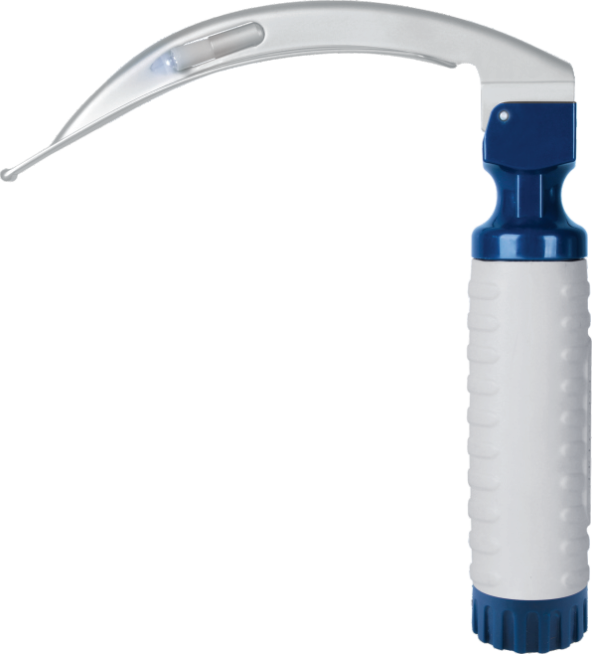Direct Laryngoscope
Direct laryngoscopy is a vital procedure in the field of medicine, particularly in anesthesia and emergency medicine. At the heart of this procedure lies the direct laryngoscope, an essential tool used by healthcare professionals to visualize the larynx and facilitate endotracheal intubation.
What is a Direct Laryngoscope?
Direct laryngoscope is a medical device specifically designed for examining the larynx and facilitating the passage of an endotracheal tube into the trachea during intubation. It consists of a handle, a blade, and a light source, all of which play crucial roles in achieving optimal visualization of the airway.
Types of Direct Laryngoscopes:
Conventional Laryngoscopes: These are the traditional laryngoscopes comprising a straight or curved blade attached to a handle. They rely on direct line-of-sight visualization for laryngeal exposure.
Video Laryngoscopes: Incorporating a miniature camera at the tip of the blade, video laryngoscopes provide indirect visualization of the larynx, offering improved views, especially in challenging airway scenarios.
Fiber-optic Laryngoscopes: These laryngoscopes utilize fiber-optic technology to transmit light, enabling visualization of the larynx through a flexible or rigid scope.
Components of a Direct Laryngoscope:
Handle: The handle of a laryngoscope typically houses the batteries or power source for the light, as well as the controls for activating the light.
Blade: The blade is the portion of the laryngoscope inserted into the patient’s mouth to expose the larynx. It comes in various shapes and sizes to accommodate different patient anatomies.
Light Source: Direct laryngoscope feature an integral light source, often in the form of a bulb or LED, positioned at the distal end of the blade to illuminate the larynx during intubation.
Techniques of Direct Laryngoscopy:
Performing direct laryngoscopy requires skill and precision. Healthcare professionals must adopt proper techniques to optimize laryngeal visualization and ensure successful intubation.
Key steps include patient positioning, insertion of the laryngoscope blade, lifting the epiglottis, and advancing the endotracheal tube into the trachea under direct visualization.
Significance in Medical Practice:
Direct laryngoscopy is indispensable in various medical settings, including operating rooms, emergency departments, and intensive care units. It allows healthcare providers to establish and maintain a patent airway, administer mechanical ventilation, and deliver anesthesia safely during surgical procedures.
Conclusion:
Direct laryngoscopes play a pivotal role in airway management, enabling healthcare professionals to perform endotracheal intubation effectively and ensure adequate oxygenation and ventilation in patients.
Understanding the types, components, techniques, and significance of laryngoscopes is essential for medical professionals involved in airway management and emergency care.

